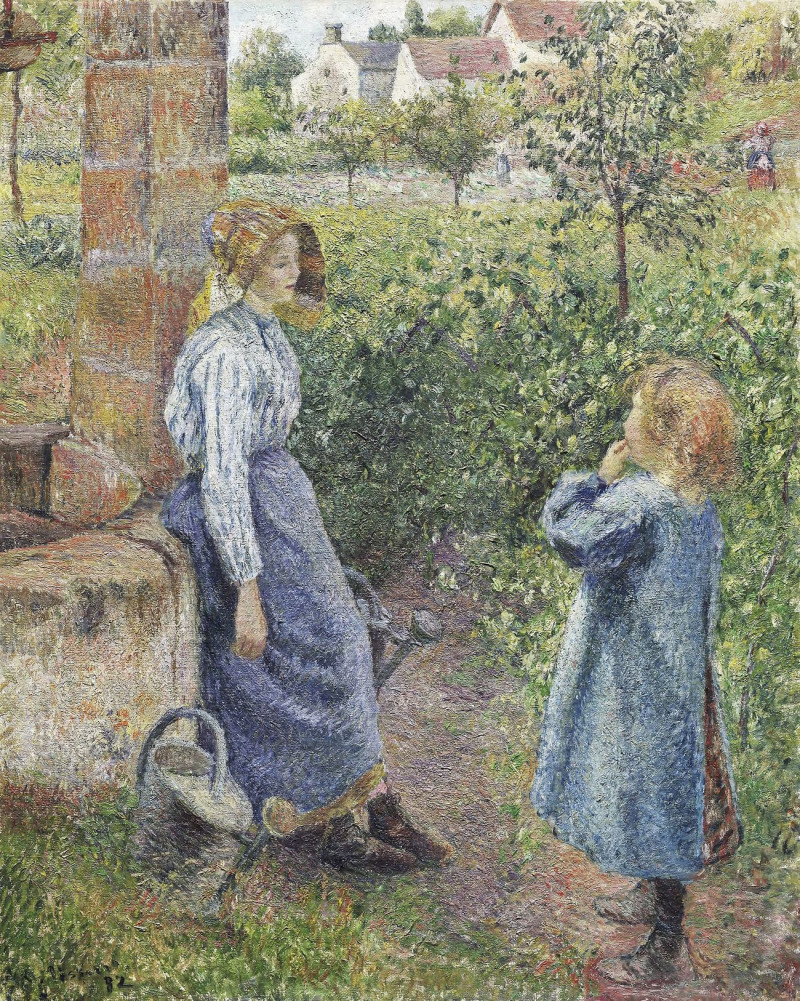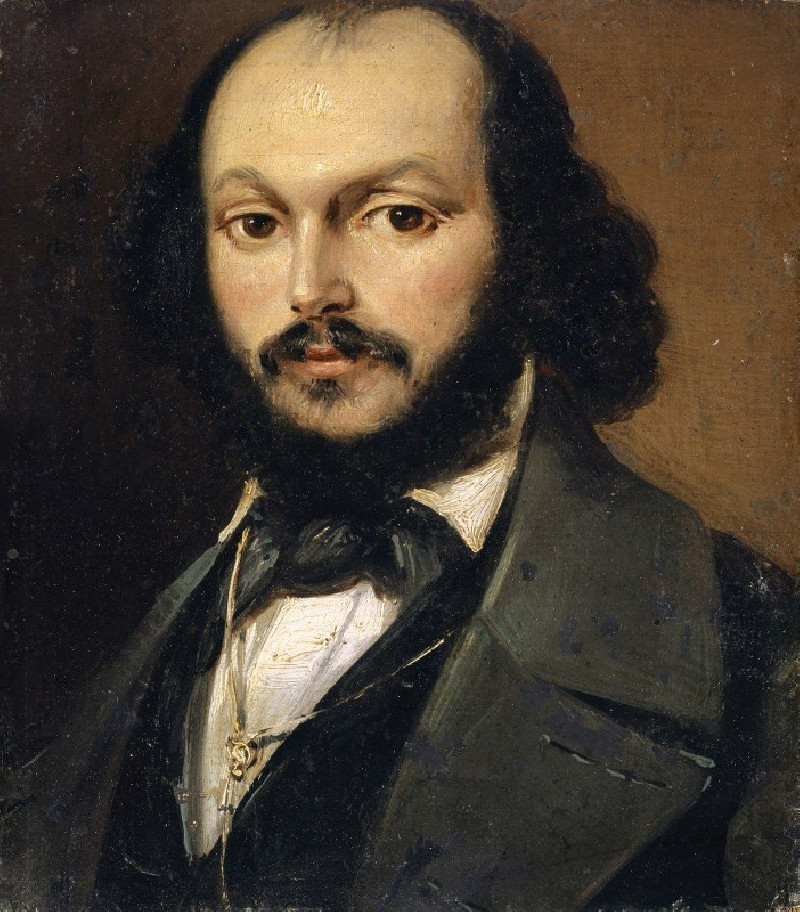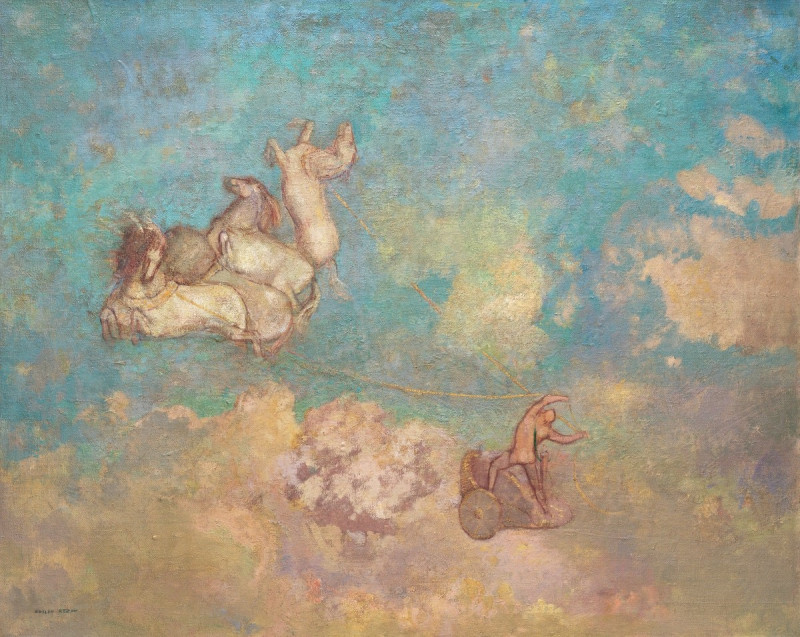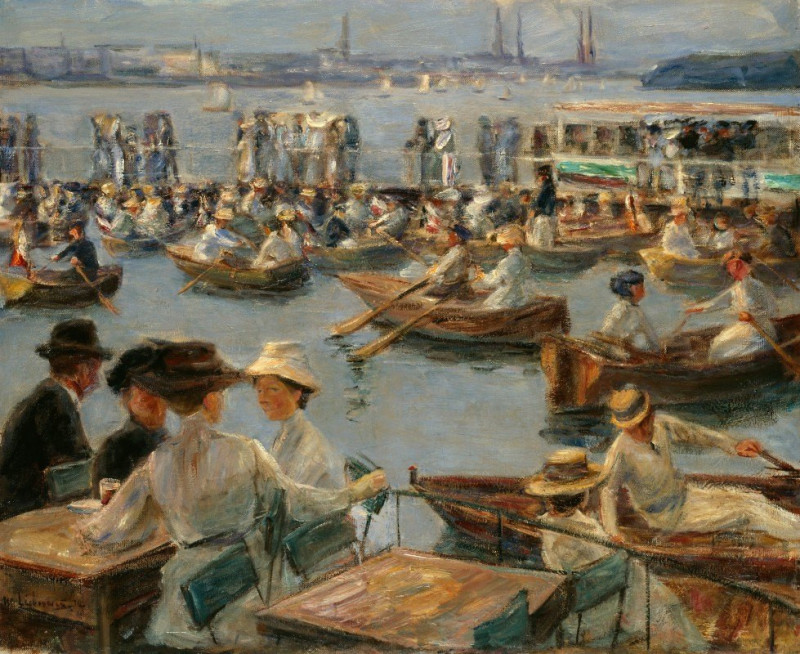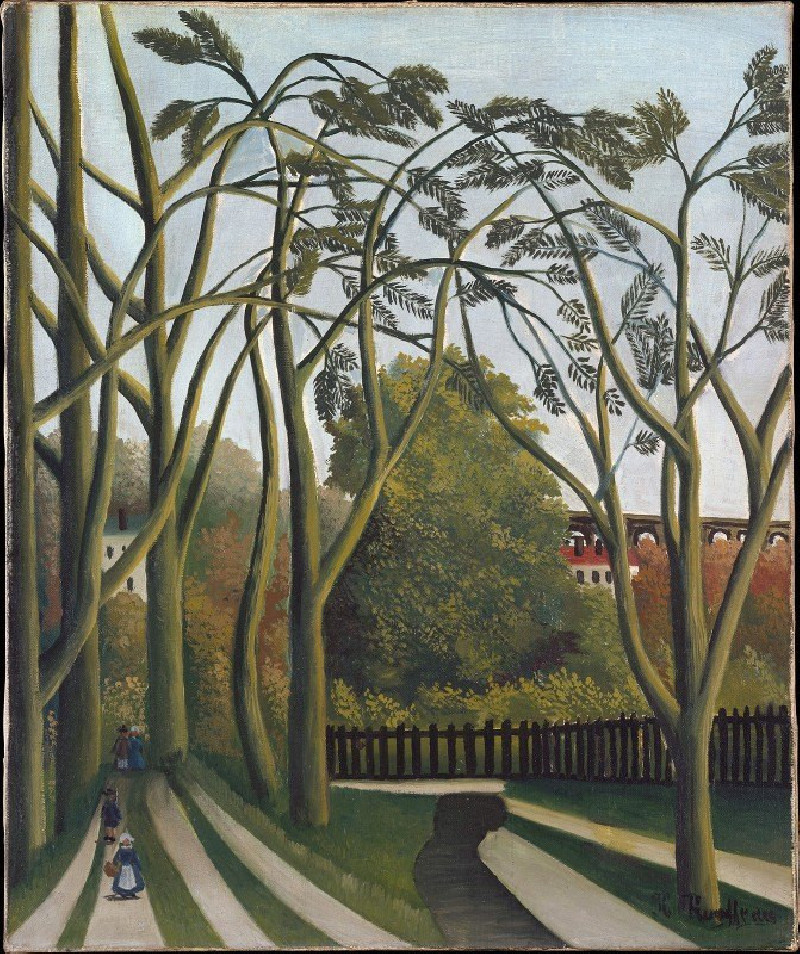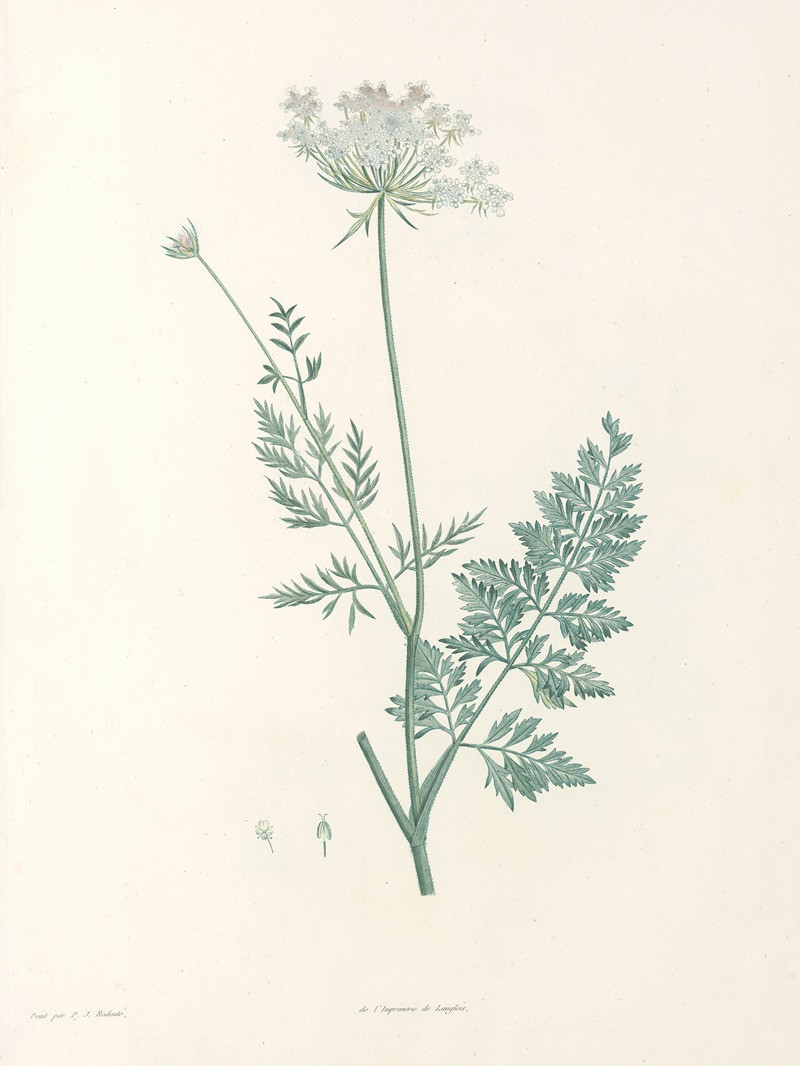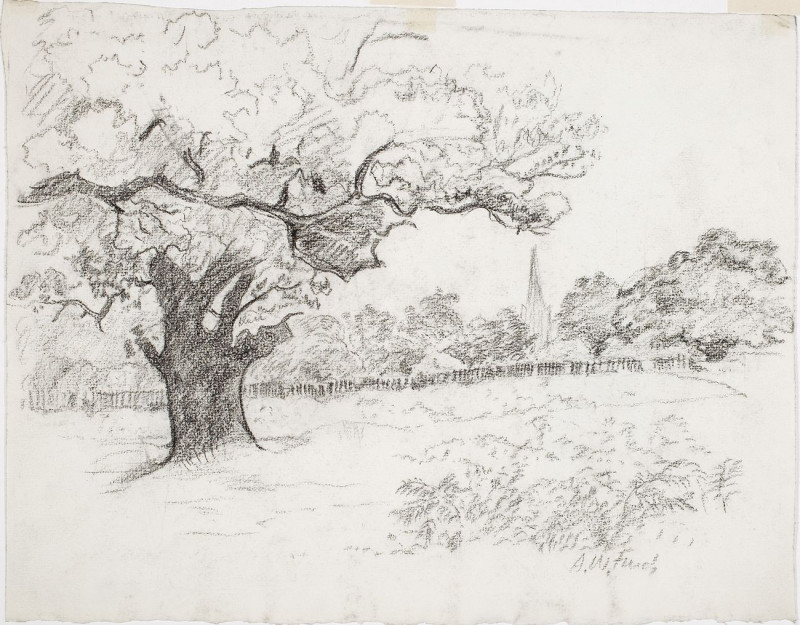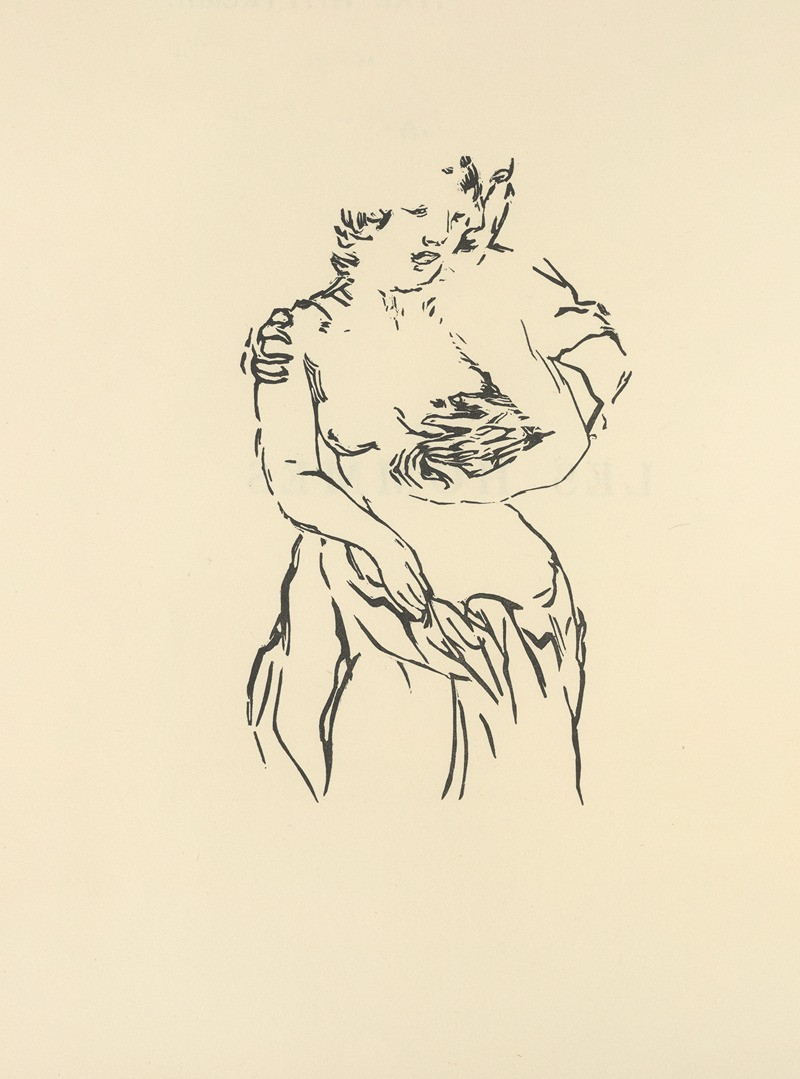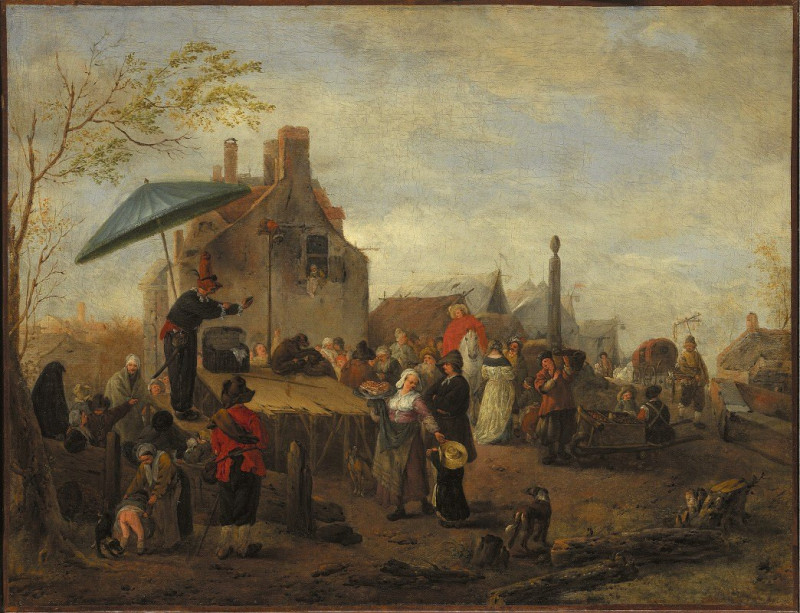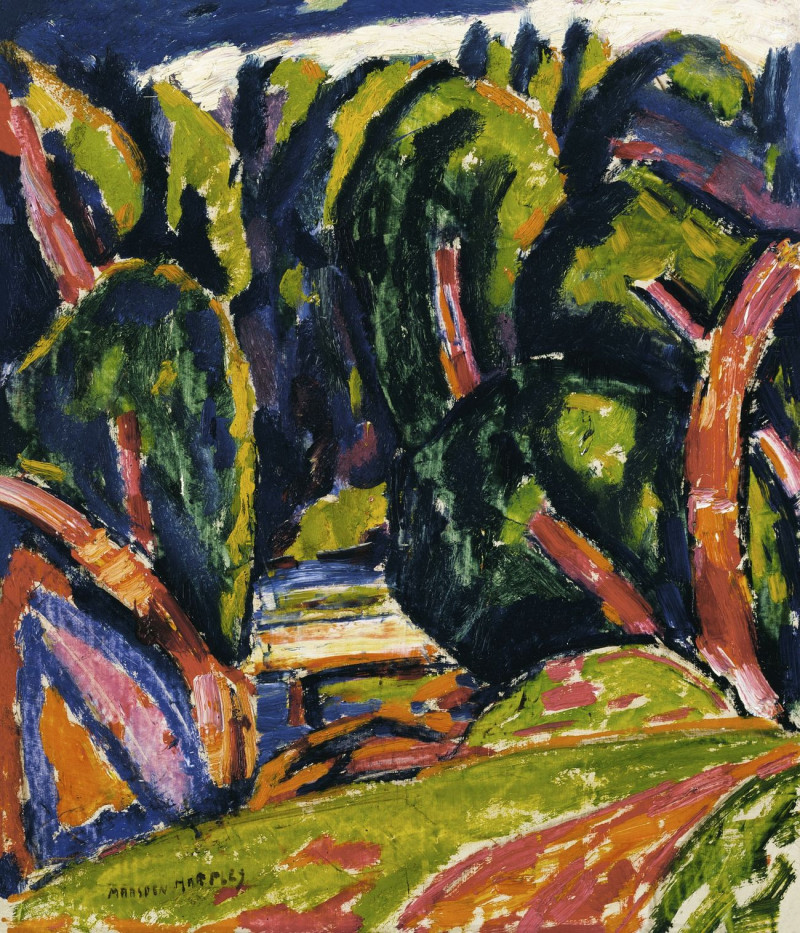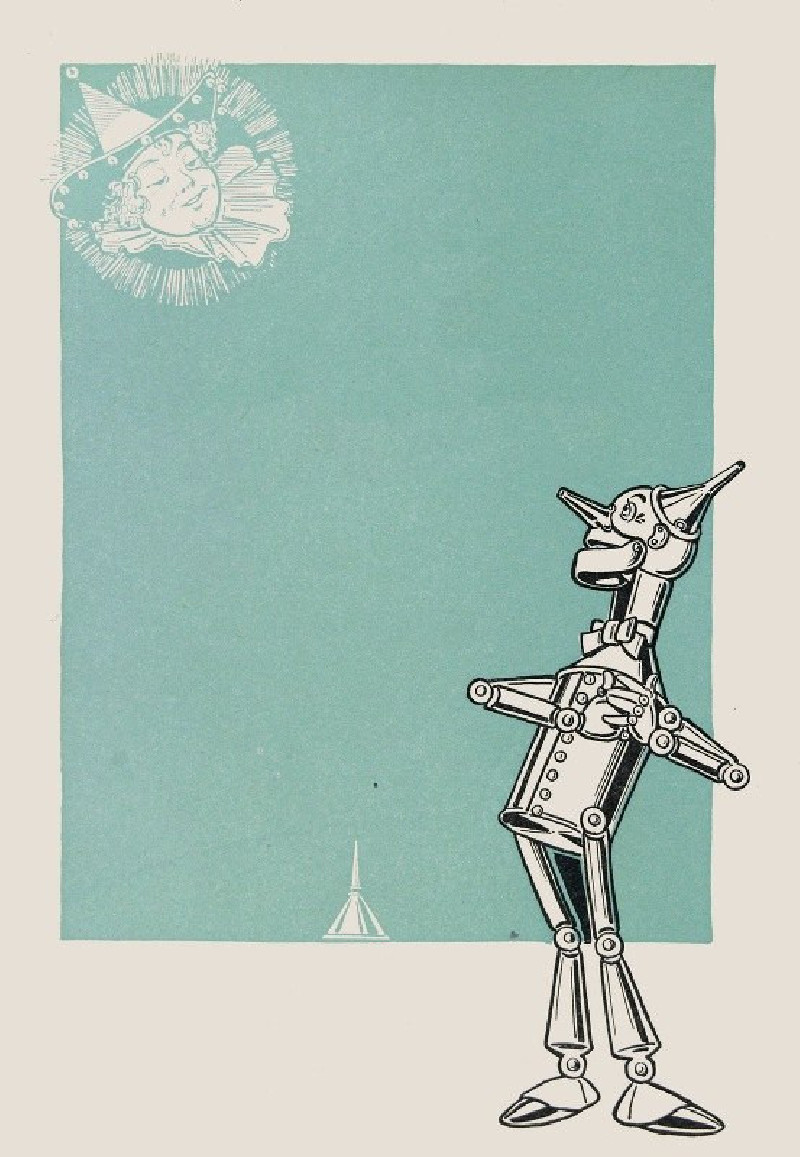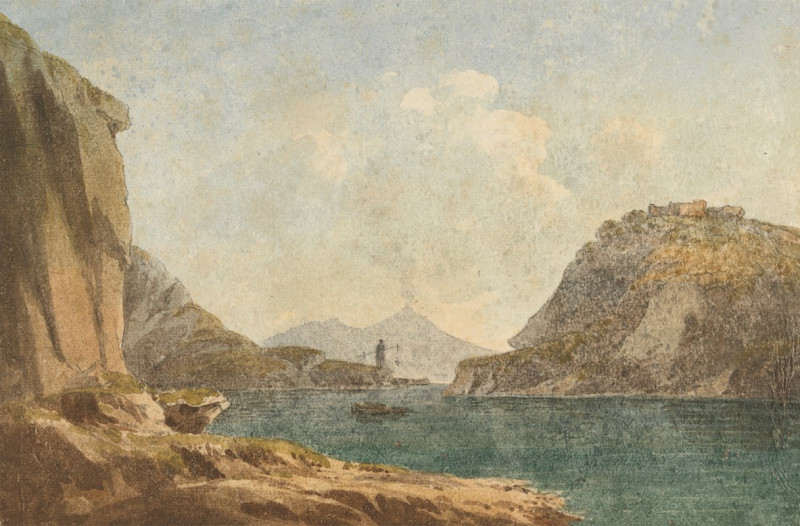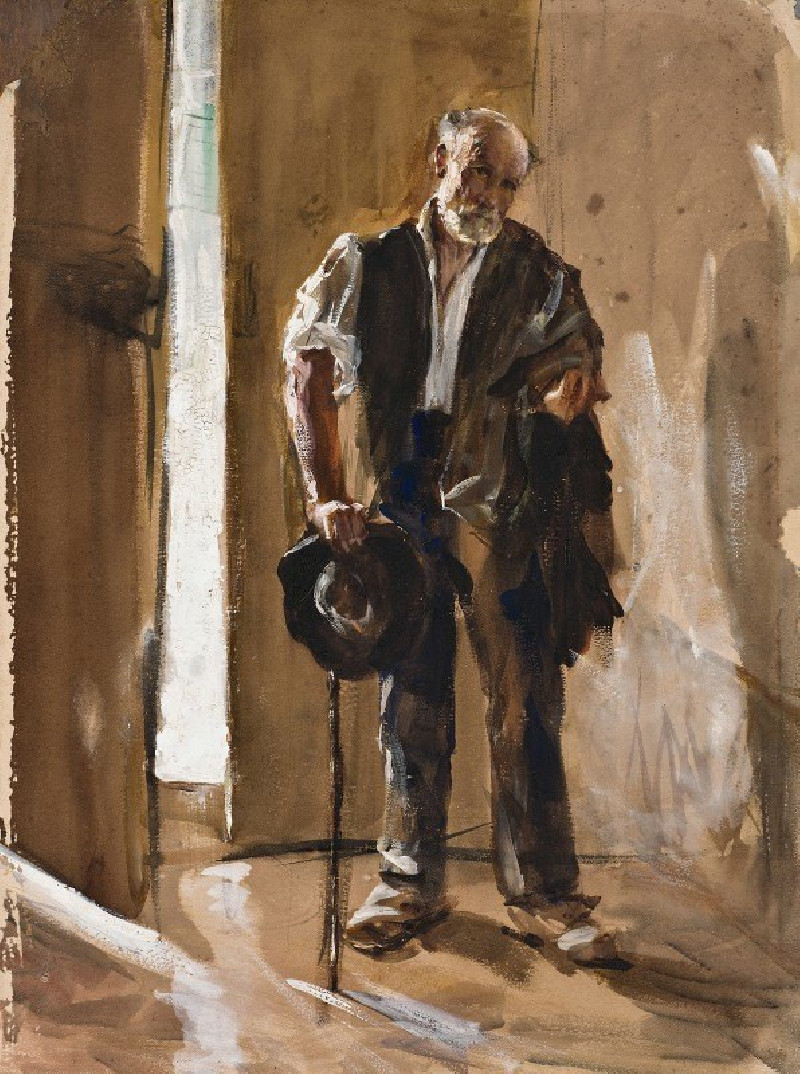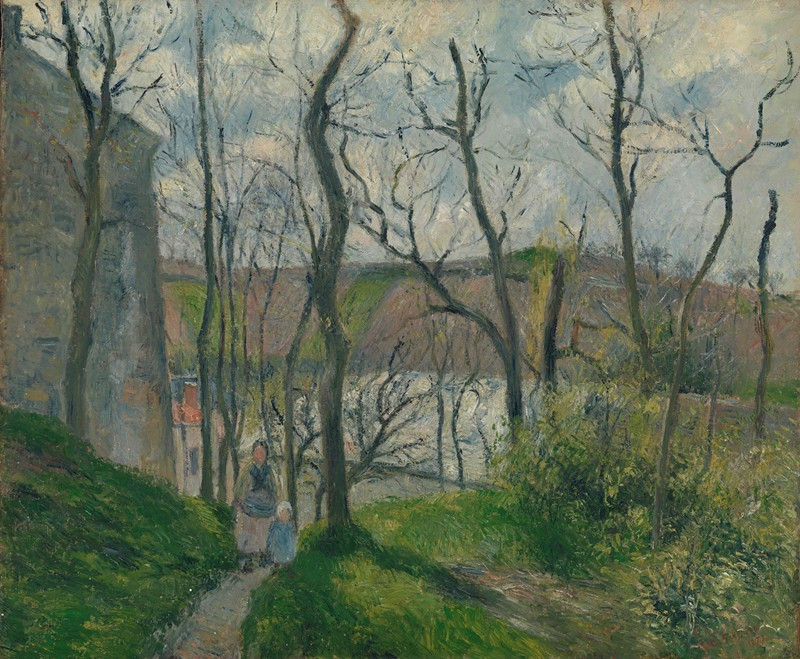Woman And Child At The Well
Technique: Giclée quality print
Recommended by our customers
More about this artwork
This painting by Camille Pissarro, titled "Woman and Child at the Well," beautifully captures a serene, everyday rural scene. The artwork shows a woman and a young child standing near an old stone well. The woman, dressed in a long blue skirt and a striped blouse, is seated on a wooden plank by the well. Her posture is relaxed yet attentive as she leans slightly forward, perhaps listening or talking to the child. The child, wearing a blue dress, stands facing the woman, with one hand possibly holding onto the structure of the well.The setting is lush and verdant; you can see that it's probably spring or summer due to the bright green foliage and the overall freshness of the scene. The landscape behind them features rustic houses surrounded by trees and shrubs, evoking a peaceful countryside ambiance. There is another figure in the background, further enhancing the feeling of daily rural life where community and nature intertwine.Pissarro's brushwork is notable for the gentle yet dynamic strokes that give texture to the foliage, the dresses, and the architectural elements. The use of light and shade in the painting adds depth and realism, inviting the viewer to feel the calmness of the rural setting.Overall, the painting not only reflects Pissarro's skill in rendering human figures and natural landscape with sensitivity, but it also typifies his commitment to depicting rural life and the quiet dignity of ordinary people.
Delivery
Returns
Blessed are they who see beautiful things in humble places where other people see nothing. — Camille Pissarro
Camille Pissarro (1830-1903) was born on St.Thomas (now the US Virgin Islands) to a Portuguese father and a Dominican mother. He went to Paris to study art at Ecole des Beaux-Arts. He was an early pioneer of pointillism and neo-impressionism and later became a mentor of many famous impressionist painters including Cezanne, Manet, Renoir, and Gauguin. His paintings depicted rural and urban French landscapes and lifestyle. Many of his works politically captured images of peasants and laborers. Today, he is considered the father of impressionism.

